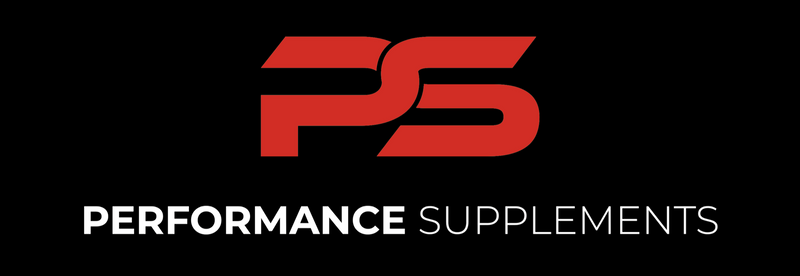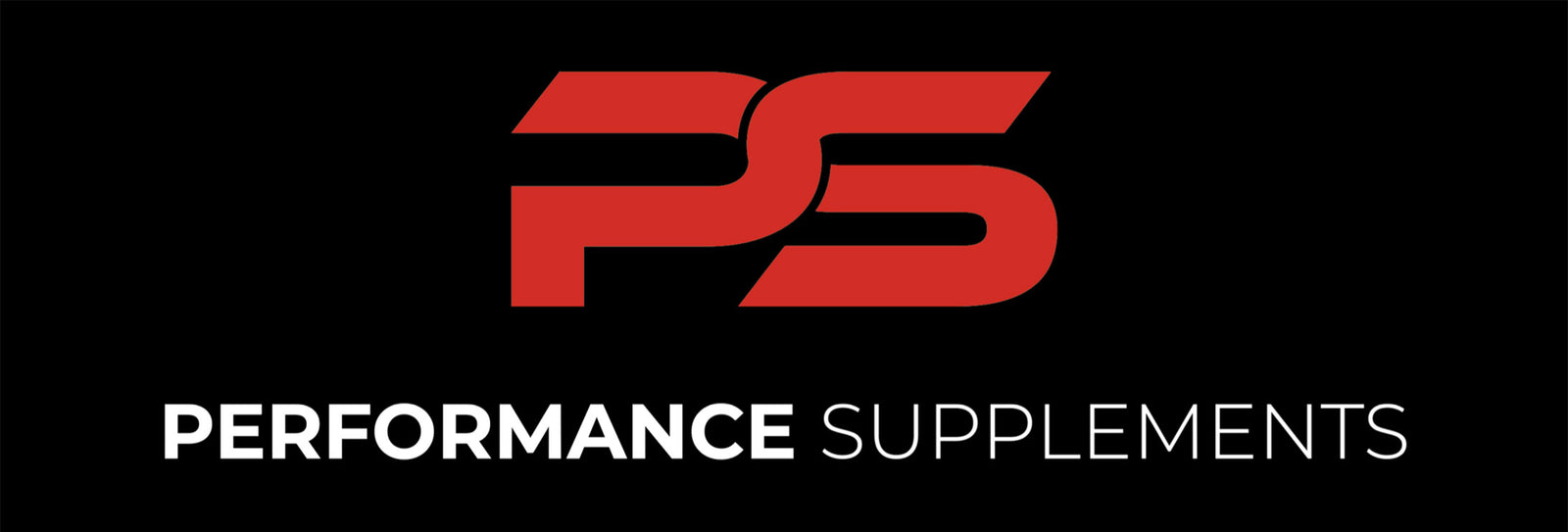Best Whey Protein for Bodybuilding - UK Guide
Whey Protein for Bodybuilders
If you train hard and expect results to match, whey protein is one of the simplest, most reliable tools you can add to your routine. It’s fast-digesting, rich in leucine - the key essential amino acids that aids muscle repair and growth after workouts, it can also enhance strength gains and helps preserve lean muscle mass during fat loss. It's fast absorption rate makes it particularly useful for quick post-exercise recovery.
This guide mirrors the straight-talking style of our supplements explainer and shows you how to choose the best whey protein for your goals, budget and stomach
What is whey and why bodybuilders swear by it
Whey is the liquid portion of milk left behind during cheese making. When it’s dried and filtered you get whey protein powder, prized for its rapid absorption and high essential amino acid content. Compared with slower proteins, whey gets those amino acids—especially leucine - into your bloodstream quickly after training, supporting muscle repair and growth. For bodybuilders juggling early sessions, work and family, it’s an easy way to hit protein targets without living on chicken and rice.
Types of whey protein (and which one suits you)
Whey concentrate
Usually offers the best value. It has excellent protein content with a small amount of carbs and fats and works perfectly for most lifters, especially in a lean bulk or general training block. All Performance Supps whey protein can be found here
Whey isolate
This is produced by filtering further, so you get more protein per serving with less lactose, carbs and fats. If you’re cutting calories, watching carbs, or find regular whey upsets your stomach, an isolate protein powder is often the better fit.
Hydrolysed Whey
This is hydrated whey pre-digested to speed up absorption and feel lighter on the stomach. It’s the premium option for those who want the quickest digestion around hard sessions or who struggle with gastrointestinal comfort and prefer the smoothest possible shake.
Beef Protein Isolate
This sits in a different category altogether. Despite the name, most formulas are made by hydrolysing beef by-products (commonly collagen-rich tissues) and concentrating the protein. The obvious advantage is that it’s naturally dairy-free and therefore lactose-free, which helps lifters who can’t tolerate milk proteins. The trade-off is the amino acid profile: unless a brand fortifies it, beef isolate typically has less leucine and fewer essential amino acids than whey, and may be low in tryptophan. In practice, you often need a larger serving to send the same muscle-building signal, and even then your anabolic response can be weaker. Texture and flavour are also different—thinner, sometimes slightly gelatinous - so to manage your expectations - check reviews before you commit to a large tub.

Try our sample packs of beef isolate
Beef vs whey vs whey isolate: what matters for bodybuilders
If muscle gain and recovery are your priorities, whey remains the gold standard because of its high leucine content, rapid digestion and consistently strong effect on muscle protein synthesis. Whey isolate is the leaner, lower-lactose version of that same protein, ideal when you want tighter macros or calmer digestion. Beef isolate earns its place if you must avoid dairy; in that case, look for products fortified with EAAs or added BCAAs and consider slightly higher doses to compensate. If you don’t have a dairy issue, a quality whey - concentrate for value, isolate for cutting - will usually deliver the best results for the least effort.
Is whey protein actually good for building muscle?
Yes - provided it’s paired with progressive resistance training and sensible nutrition. Whey helps you reach a sufficient daily protein intake, which underpins lean mass gain, strength increases and better recovery between sessions. In a cut, whey isolate supports a higher-protein, lower-calorie approach that protects muscle tissue; in a bulk, a convenient shake adds 20–30 g of protein with minimal prep. The advantage isn’t magic; it’s consistency, practicality and the right amino acid profile delivered when your muscles need it.
How to choose a quality whey in the UK
Start with the label. Look for clear naming—whey protein concentrate (WPC) or whey protein isolate (WPI) - and avoid vague “protein blends” that disguise the primary source. Check protein per serving and per 100 g, and compare value by the price per 100 g of protein rather than the tub size. For extra peace of mind, especially if you compete, seek Informed-Sport or similar third-party testing to reduce the risk of banned-substance contamination. If sourcing matters to you, short-listed options often include grass fed whey protein from UK or Irish dairy, and many brands now detail their filtration processes - micro-filtered, cross-flow or “native” whey - so you can buy with confidence. Taste and mixability still matter; you’ll only see results from a product you’ll actually drink every day.
Is there a downside to taking whey protein?
Most problems come down to lactose content, sweeteners or serving size. If you experience bloating or discomfort, reduce the portion, switch to an isolate, try an unflavoured version with your own mixers, or change flavour systems. Remember that lactose intolerance is not the same as a dairy allergy; anyone with a true allergy should avoid whey and may consider beef protein isolate or another non-dairy protein. And more isn’t better - once your daily target is met, extra shakes won’t make progress faster.
How much protein do you need - and when should you take it?
For most lifters, 20–30 g of protein per shake is a sensible target. Use one to three servings per day to top up whole-food meals and reach your personalised daily intake. Post-workout is convenient, but total daily protein is the main driver of progress. If you’re stacking supplements, creatine monohydrate pairs well with whey and doesn’t interfere with absorption. When calories are tight, mix with water or a low-calorie milk alternative; when you’re pushing calories up, semi-skimmed milk, oats or a spoon of nut butter can turn your shake into a satisfying snack.
Mixing that suits your phase
Water keeps calories low and texture light, which is useful during a fat-loss phase. Milk adds creaminess and extra protein, and dairy-free options work well if you prefer them. If you enjoy smoothies, use berries and ice for a refreshing, lower-calorie blend, or add oats and banana when you’re bulking. Unflavoured whey disappears neatly into porridge, yoghurt or pancake batter if you’re bored of sweet shakes, and beef isolate can mix well in warmer liquids if you prefer a broth-like texture - just check the brand’s guidance.

Bringing your UK buying decision together
Match the type of protein to your phase and tolerance, confirm quality through transparent labelling and reputable testing, and choose a flavour you’ll happily use every day. Work out the true value by comparing price per 100 g of protein rather than chasing headline discounts. If sustainability and ethics matter, look for recyclable tubs or refill packs and brands that disclose their dairy origins. With those boxes ticked, you’ll have the best whey protein option for your training, your macros and your wallet - and you’ll actually stick to it.
For more information we provide a link to scientific research on whey protein.




